Bread is a staple food for many cultures around the world, and its history and evolution tell the story of humanity's progress. From its origins thousands of years ago, bread has evolved into a diverse and dynamic culinary art form with countless variations and flavors to explore.
The History and Evolution of Bread
Bread has been a significant part of human life for over 10,000 years. Archaeologists have found ancient evidence of bread, including starch grains and charred remains of bread, dating back to the Neolithic period in Egypt and Mesopotamia. The discovery of leavened bread, made with yeast, occurred in ancient Egypt around 400 BC. Over centuries, bread has spread across cultures and evolved with new ingredients and techniques.
The Origins of Bread Making
The earliest bread making involved grinding grains and mixing them with water to create a simple dough. The dough was then cooked on hot stones or in open fire pits. This simple process was a major breakthrough for early humans, as it allowed them to create a portable, long-lasting food source that could sustain them through harsh winters and long journeys.
Over time, people started using leavening agents like yeast to add more flavor and texture to their bread. The use of yeast allowed for lighter, fluffier bread with a more complex flavor profile. Ancient Egyptians and Greeks were known for adding honey, fruit, and nuts to their bread, creating a sweet and savory combination that is still popular today. The Romans were the first to make bread a commercial industry, and their methods spread to other parts of Europe.
The Spread of Bread Across Cultures
As civilizations conquered new lands, they brought their bread making techniques and ingredients with them. This explains why bread has such a wide range of variations globally. In Europe, bread became a symbol of social status. The French, for example, are famous for their baguettes and croissants, which are staples on every Parisian breakfast table. Italy is known for its focaccia and ciabatta, while Germany boasts pretzels and pumpernickel.
Bread also played an important role in religious and cultural traditions. In Jewish culture, challah bread is a staple of the Sabbath meal, while in Mexico, pan de muerto (bread of the dead) is a sweet bread traditionally eaten during the Day of the Dead festival.
Modern Bread Innovations
Today's bakers continue to expand the art of bread making with new techniques and ingredients. Some popular innovations include sourdough bread made with naturally occurring yeast, gluten-free bread for those with dietary restrictions, and artisanal bread that emphasizes quality and flavor over mass production.
One of the most exciting developments in bread making is the use of ancient grains like spelt, einkorn, and emmer. These grains have a lower gluten content and a more complex flavor profile than modern wheat, making them a popular choice for health-conscious consumers and artisanal bakers alike.
Bread making has come a long way since its humble beginnings, but it remains an important part of our daily lives. Whether you prefer a classic white loaf or a hearty sourdough, bread is a versatile and delicious staple that has stood the test of time.
The Art of Bread Making
Creating a perfect loaf of bread is a true art form, and it requires a combination of science, patience, and skill. There are several essential bread making techniques that every home baker should master to make perfect bread every time.
However, bread making is not just about following a recipe. It's about understanding the ingredients and techniques and using them to create a delicious and unique loaf of bread.
Essential Bread Making Techniques
First, selecting the right flour is crucial for the bread's texture and flavor. There are several types of flour, including all-purpose, bread flour, and whole wheat flour. Each type of flour has a different protein content, which affects the bread's gluten development and texture.
Next, it's essential to measure the ingredients correctly and mix them thoroughly to create a cohesive dough. This involves using a kitchen scale to weigh the flour and other ingredients accurately. Mixing the dough thoroughly ensures that all the ingredients are evenly distributed and that the gluten is developed properly.
Kneading the dough is also crucial to develop gluten, which gives bread its structure and texture. Kneading involves stretching and folding the dough to create a smooth and elastic texture. This process can take anywhere from 5 to 15 minutes, depending on the recipe and the type of bread.
Proofing the dough, or letting it rise, allows the yeast to ferment and produce gas, which makes the bread light and airy. The proofing time can vary depending on the recipe, but it usually takes anywhere from 1 to 2 hours.
Lastly, baking the bread at the right temperature and for the proper amount of time creates a crispy crust and a moist, tender crumb. The baking temperature can vary depending on the type of bread, but it usually ranges from 350°F to 450°F. The baking time can also vary, but most bread recipes take around 30 to 40 minutes to bake.
The Science Behind Bread
Bread baking involves several scientific principles, including gluten development, yeast fermentation, and the Maillard reaction, which gives bread its browned crust. Understanding how these principles work can help bakers troubleshoot their bread recipes and achieve optimal results.
Gluten development is essential for creating a bread's structure and texture. Gluten is a protein that forms when flour is mixed with water. Kneading the dough helps to develop gluten by aligning the protein strands and creating a network that traps gas bubbles during proofing.
Yeast fermentation is another critical process in bread making. Yeast is a living organism that consumes sugar and produces carbon dioxide gas and alcohol. During proofing, the yeast ferments the sugars in the dough, producing gas that makes the bread rise.
The Maillard reaction is a chemical reaction that occurs when bread is baked at high temperatures. It causes the amino acids and sugars in the dough to react, producing a browned crust and a complex flavor.
Tips for Perfecting Your Bread Baking Skills
Bread baking is a journey that takes patience and practice. Some tips for perfecting your bread baking skills include starting with simple recipes and gradually moving on to more complex ones.
Investing in high-quality ingredients and equipment can also lead to better results. Using high-quality flour, yeast, and other ingredients can make a significant difference in the final product's flavor and texture. Investing in a kitchen scale, a stand mixer, and a digital thermometer can also help bakers achieve consistent and accurate results.
Finally, don't be afraid to experiment with different flavors and techniques to create your signature bread recipe. Adding herbs, spices, cheese, or other ingredients can add flavor and texture to your bread. Trying different kneading techniques, proofing times, and baking temperatures can also help bakers create unique and delicious loaves of bread.
Traditional Breads from Europe
Europe is home to many unique and delicious bread recipes that reflect the continent's rich history and diverse culinary traditions. From the crispy exterior of the French baguette to the fluffy interior of the Italian focaccia, European breads are loved all over the world.
French Baguettes and Croissants
Baguettes are a staple in French cafes and bakeries, and for good reason. The crispy exterior and fluffy interior make for the perfect combination. The secret to a great baguette is a long fermentation process, which allows the dough to develop a complex flavor. Croissants, on the other hand, are crescent-shaped pastries made with laminated dough. The buttery mixture inside the pastry creates a rich and delicious flavor that is hard to resist.
Did you know that the French consume an average of 10 billion baguettes each year? That's a lot of bread!
Italian Focaccia and Ciabatta
Focaccia is a flatbread known for its delicious toppings, such as olive oil, herbs, and cheese. It originated in the Liguria region of Italy and has since become a beloved bread all over the world. The secret to a great focaccia is a generous amount of olive oil, which creates a crispy exterior and a moist interior. Ciabatta, on the other hand, is a rustic bread with a porous texture. It's perfect for sandwiches or dipping in olive oil.
Fun fact: The word "ciabatta" means "slipper" in Italian, which is a reference to the bread's shape.
German Pretzels and Pumpernickel
Pretzels are a classic German bread recipe that is loved all over the world. The pretzel-shaped bread has a shiny, brown exterior and a soft, chewy interior. The unique flavor of the pretzel comes from the lye solution that it's dipped in before baking. Pumpernickel, on the other hand, is a rich, dark bread made with rye flour and molasses or caramel coloring. It has a dense texture and a slightly sweet flavor.
Did you know that pretzels were originally invented by monks in the early Middle Ages? They were given as a reward to children who learned their prayers.
Whether you prefer the crispy exterior of a French baguette or the dense texture of German pumpernickel, there's a European bread recipe for everyone. So why not try making your own at home and experience the delicious flavors of Europe?
Breads from the Middle East and Africa
The Middle East and Africa are home to many unique and delicious bread recipes that reflect the continent's rich cultural history and diverse culinary traditions.
Pita Bread and Lavash
Pita bread is a round, flatbread traditionally used for stuffing with meats, vegetables, and sauces. Lavash is a thin, crisp bread commonly used for wraps and dipping. Both are staples in Middle Eastern cuisine and are enjoyed worldwide.
Moroccan Khobz and Ethiopian Injera
Khobz is the Arabic word for bread and is a staple in Moroccan cuisine. It's a soft, round, yeast-risen bread with a crusty exterior. Injera is a sourdough flatbread made from teff flour, a type of grain found in Ethiopia and Eritrea. It's used as a utensil to scoop up stews and curries in East African cuisine.
Egyptian Aish Baladi and South African Roosterkoek
Aish Baladi is a hearty, whole-wheat bread found in Egypt that's perfect for soaking up stews and dips. Roosterkoek is a South African bread made on a braai or a barbecue, typically served with butter and jam or meats and cheeses. Both are delicious bread recipes that reflect the culinary traditions of their respective regions.
Conclusion
Bread is a globally beloved food that reflects the rich history and diverse cultures of the world. Exploring the origins, evolution, and diversity of bread-making around the world can inspire an appreciation for the art of bread-making and an ongoing love for this classic staple food.
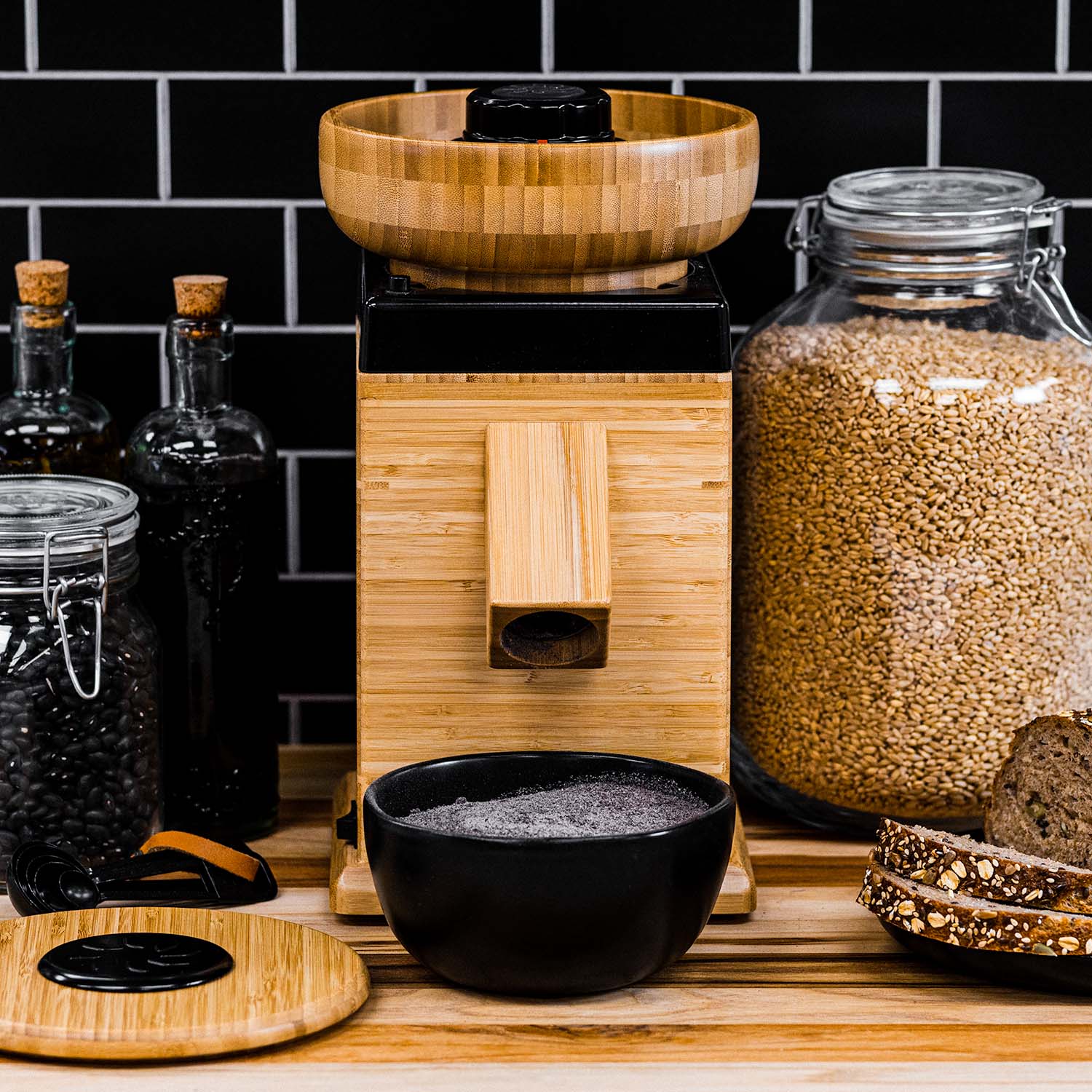
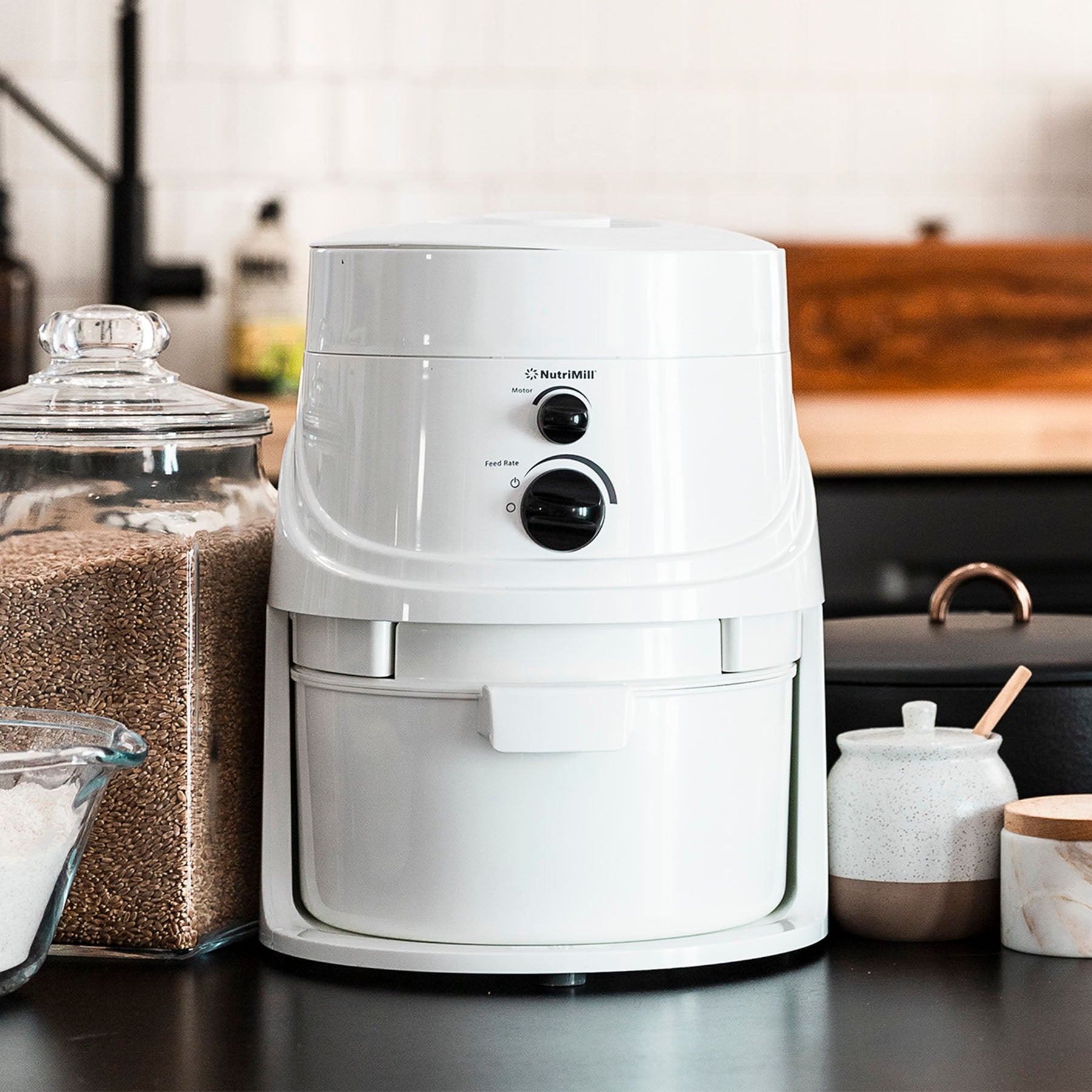
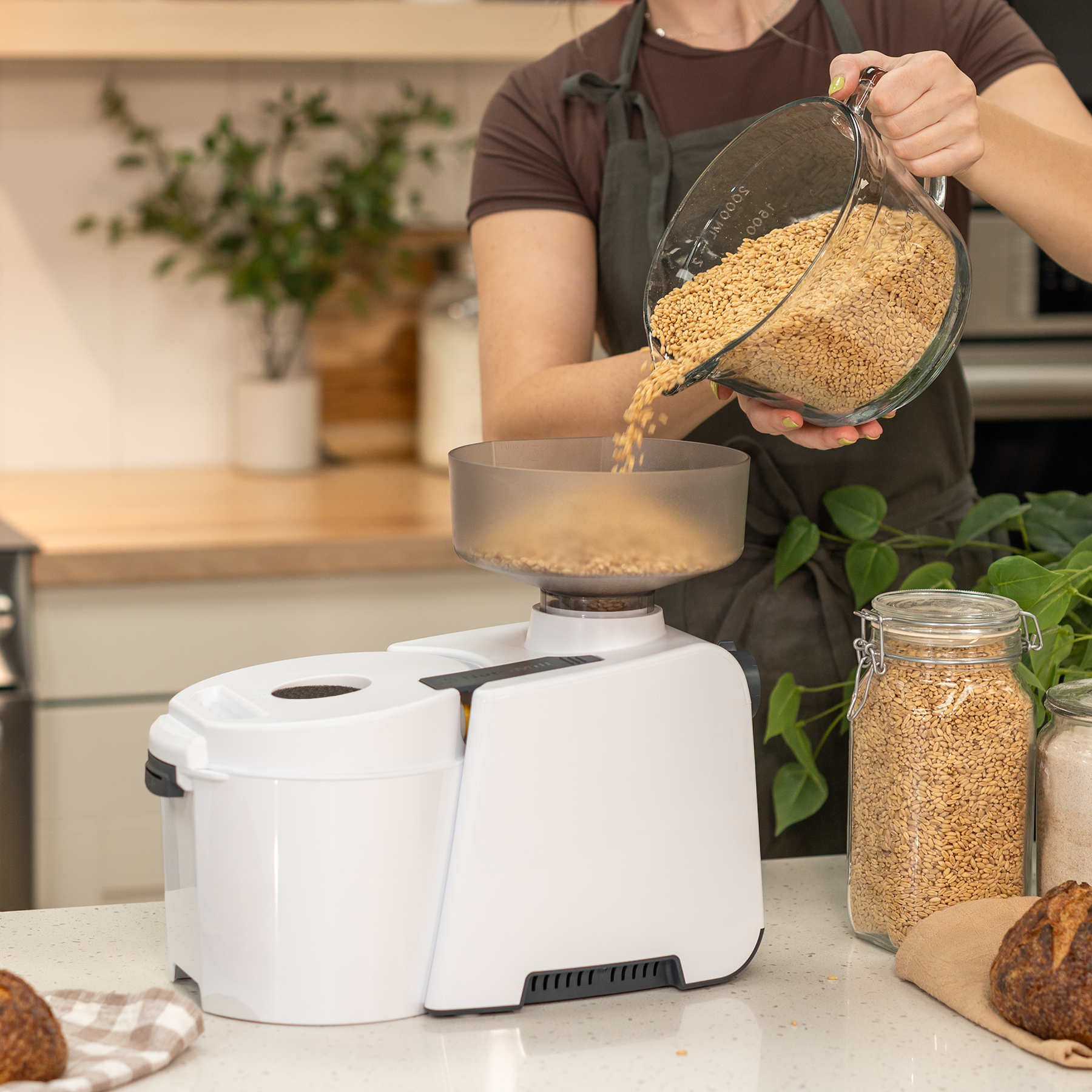
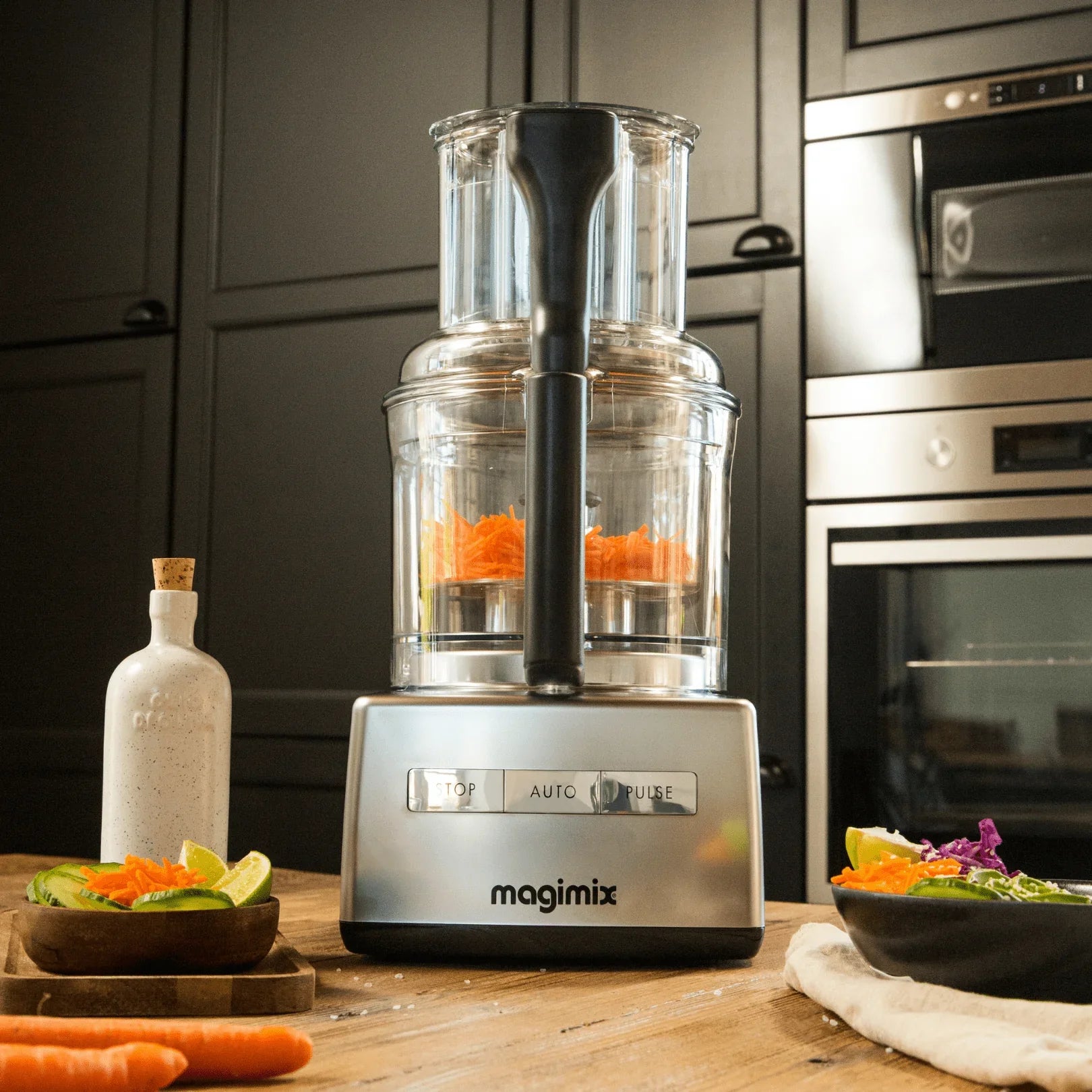
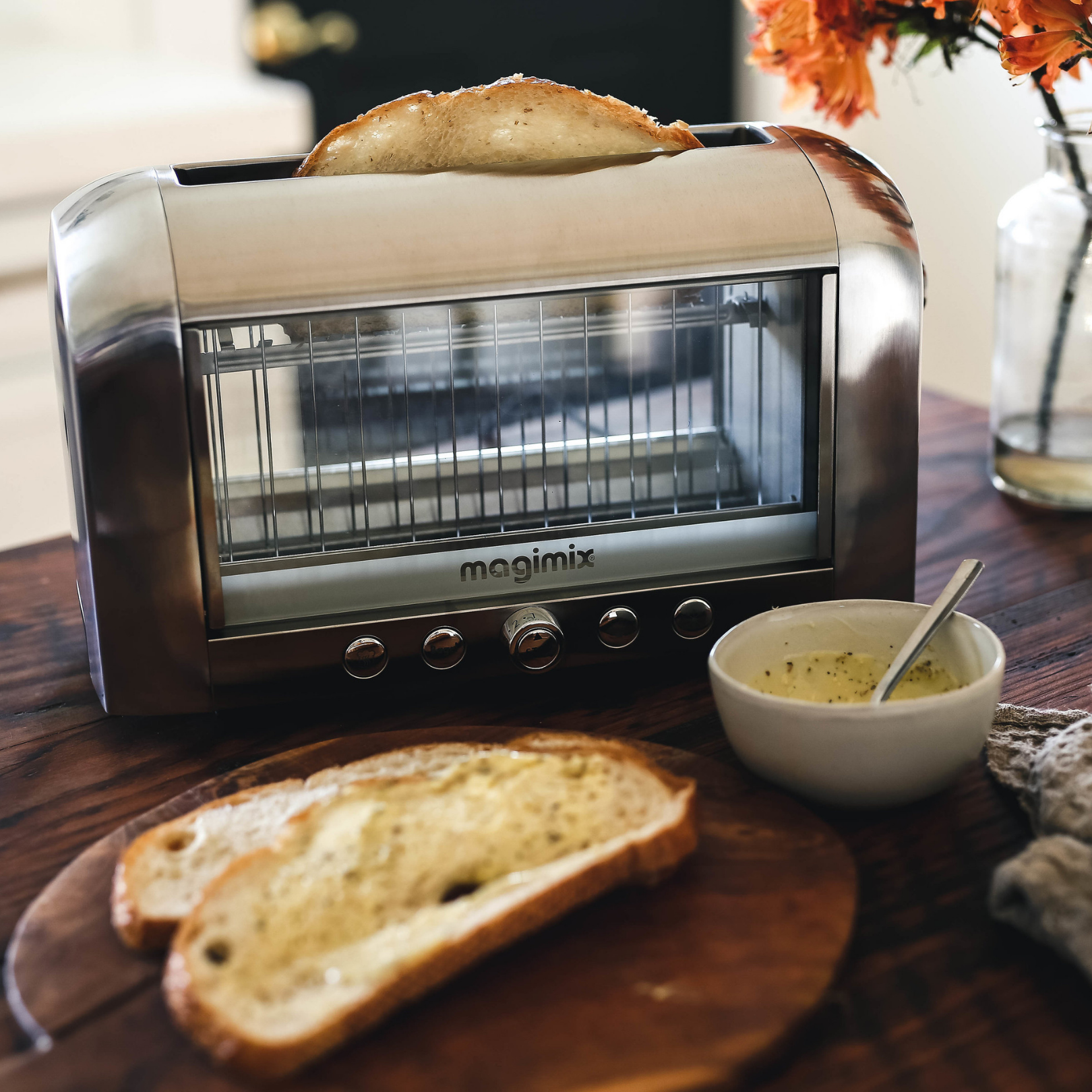
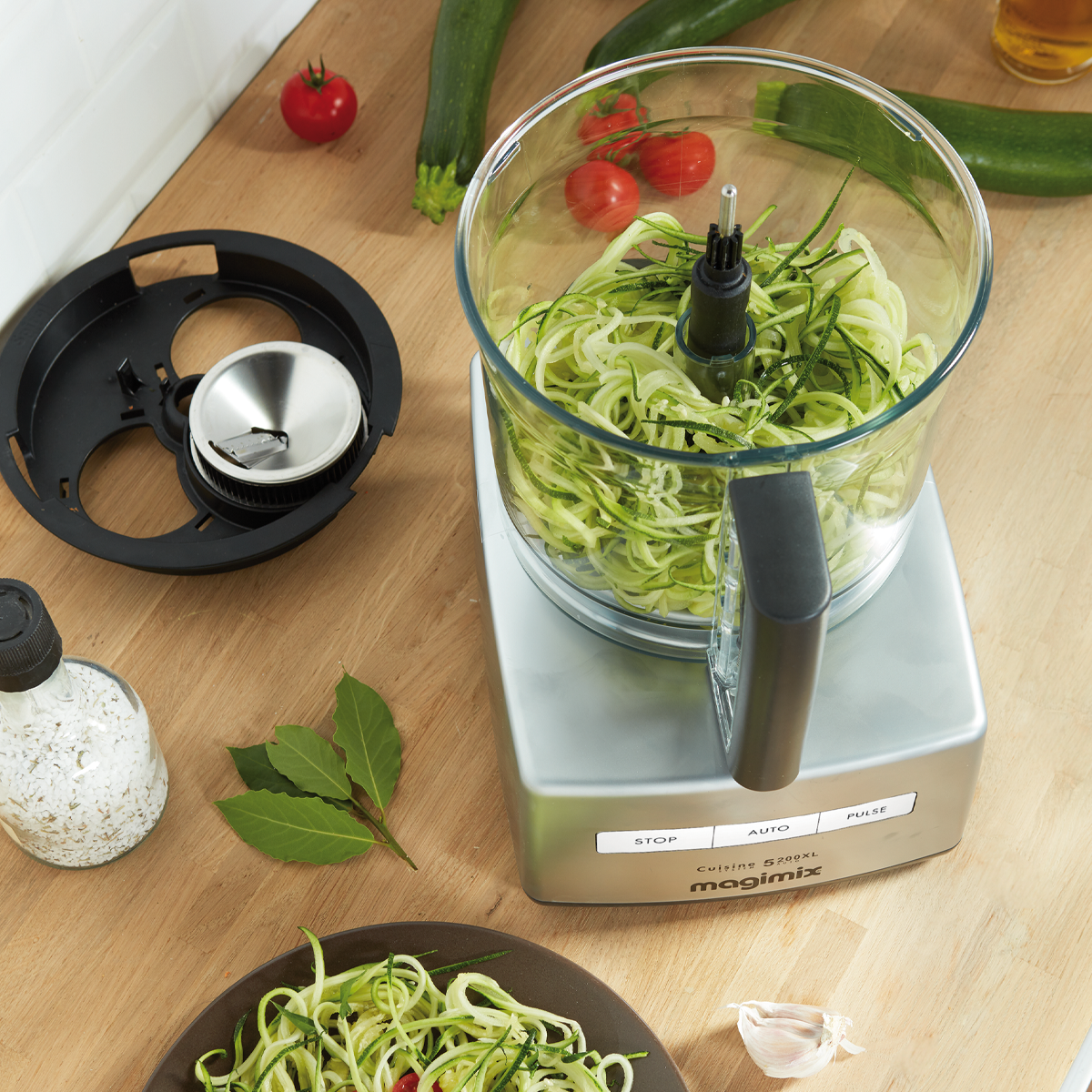

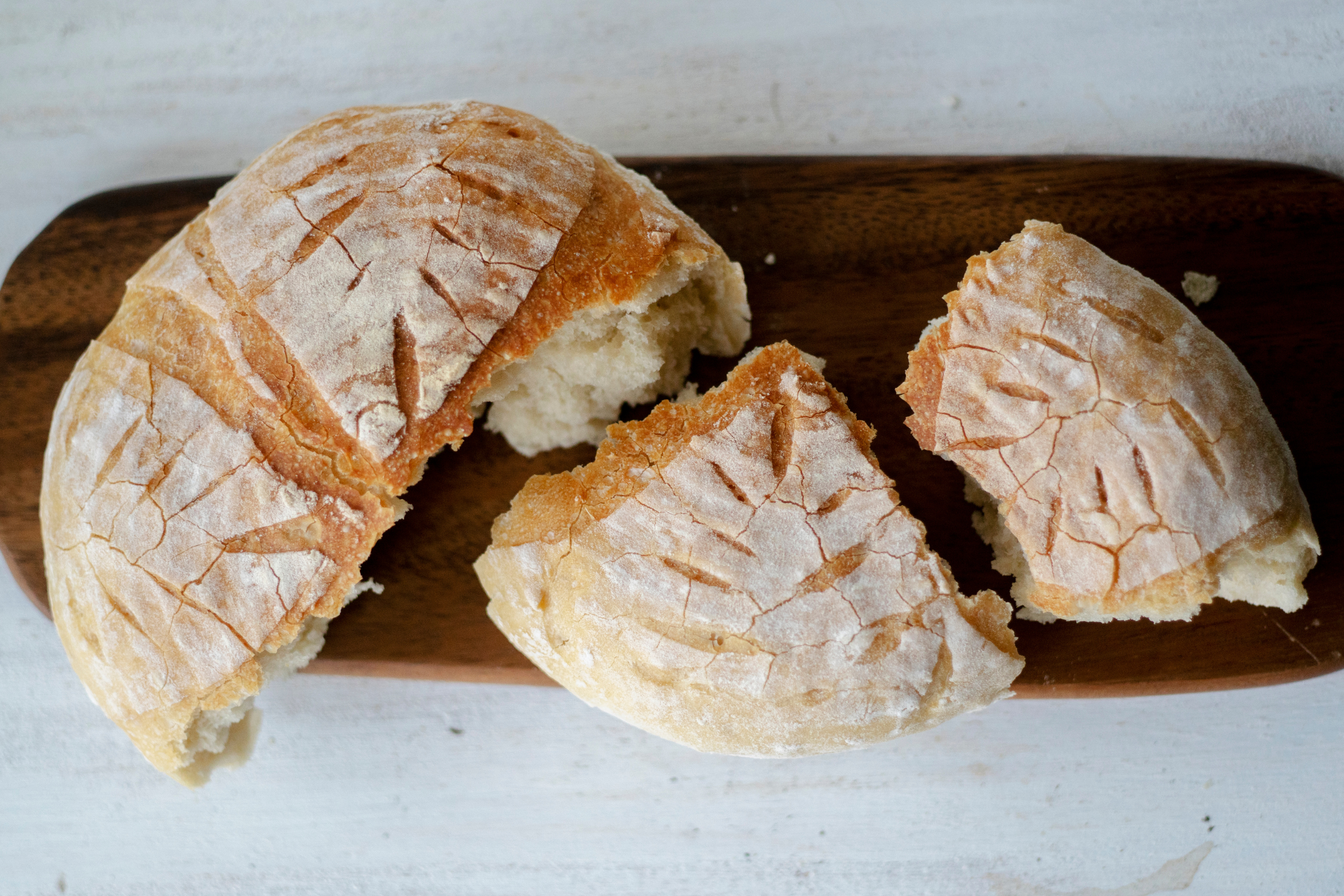

Leave a comment
All comments are moderated before being published.
This site is protected by hCaptcha and the hCaptcha Privacy Policy and Terms of Service apply.